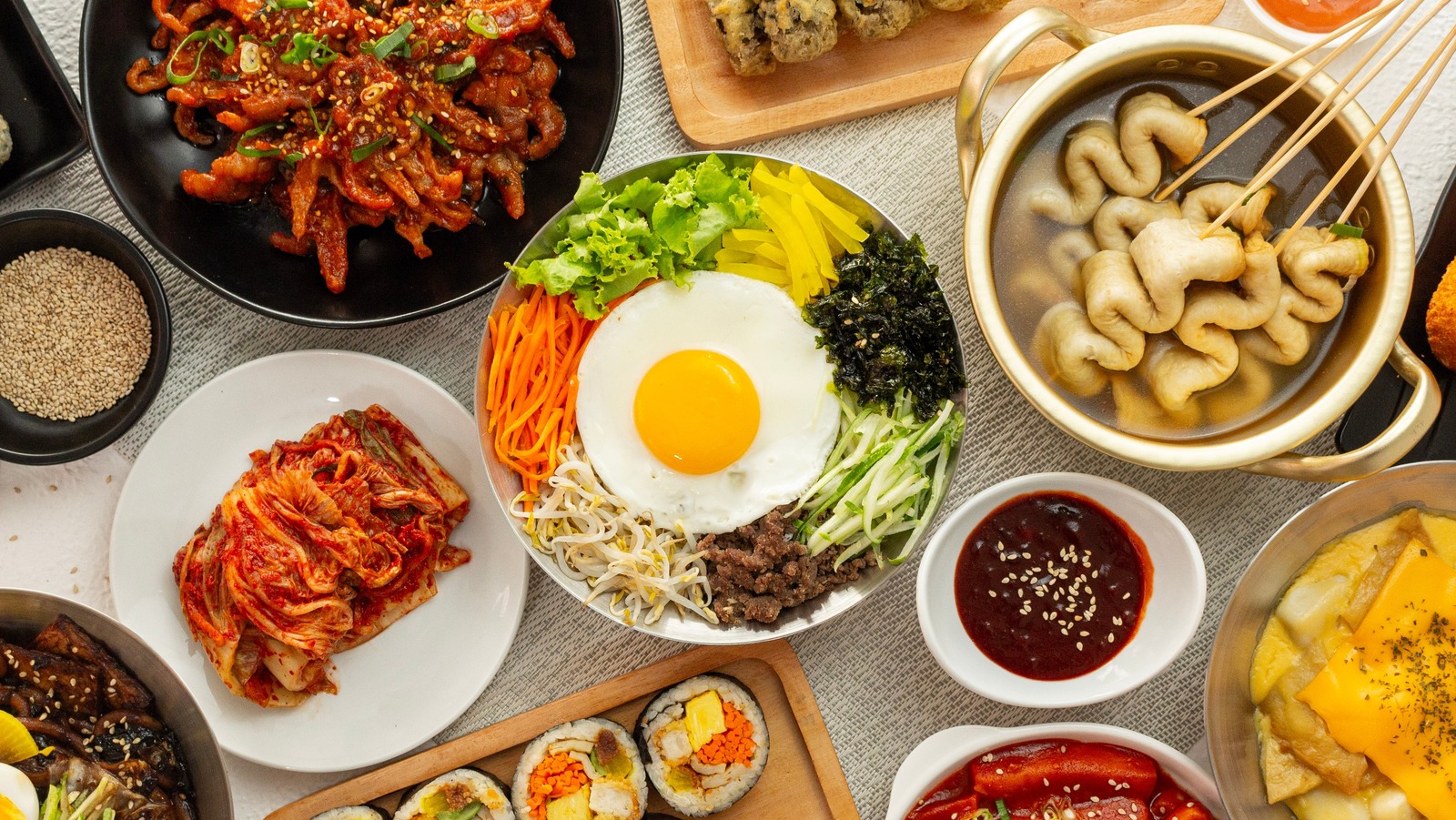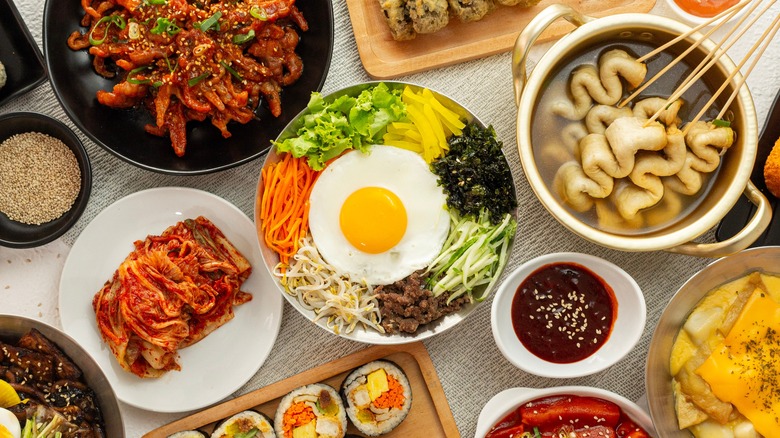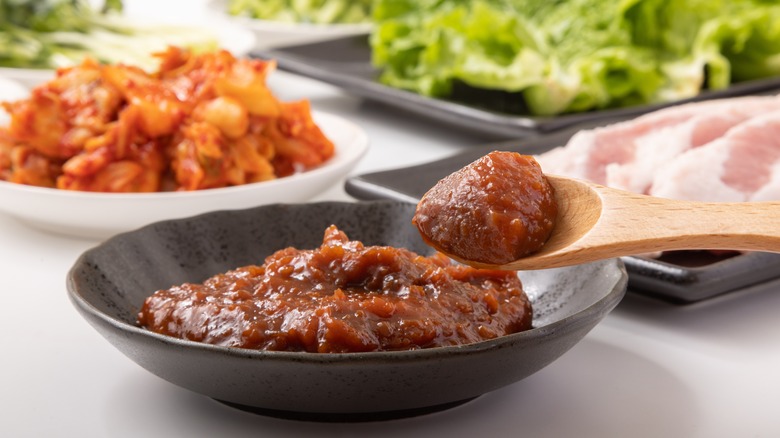The term “restaurant quality” is associated with well-prepared and delicious food. A night of sampling the many flavors of Korean barbecue, from sweet and spicy to umami, will be as delicious as it is memorable, but don’t be fooled into thinking you can’t recreate great Korean food at home. At the launch of Walmart’s Bettergoods line of products, we spoke with experts Danny Kim and Chef Jae Lee, owner of Korean restaurant Nowon in New York, about how to make restaurant-quality homemade Korean food and got some valuable tips.
Restaurants have standardized recipes that ensure their meals always taste good, Lee explains. But the biggest difference between Korean restaurants and home cooking is the ingredients. Unlike the frugal attitude we exhibit at the supermarket, restaurants often opt for higher-quality ingredients that enhance the flavor of the meal.
“For example, if it’s steak, it’s a high-quality steak,” Lee notes. In addition, restaurants have perfected seasoning. “I think restaurants are really creative with their ingredients,” Kim says. “Instead of just seasoning your steak with salt, you could season it with truffle sea salt.”
You just need to know where to shop
Chef Jae Lee is a firm believer in home cooking. “I think home cooking, no matter what cuisine it is,” when done right, “always tastes better at home,” Lee says. When done right, Korean home cooking can rival even the best Korean BBQ restaurants in the U.S. — like the popular AYCE (All You Can Eat) Hae Jang Chon KBBQ restaurant in the heart of LA’s Koreatown. Of course, cooking skills and the ability to follow recipes are important. But those skills won’t make a difference if you don’t have the right ingredients.
The spicy Korean ingredient gochujang (made from fermented soybeans, sticky rice and peppers), the fermented soybean paste doenjang and the chili powder gochugaru are irreplaceable in recipes but difficult to find in your local supermarket. “The problem with this is that in many places you have to go to an ethnic grocery store,” explains Danny Kim. These Korean ingredients are still not widely available, so “you just have to know where to shop.” Fortunately, with nearly 100 H Marts nationwide, an estimated 480 Korean grocery stores in the U.S. and online shopping, the right ingredients for a delicious home-cooked Korean meal can come to your kitchen.



